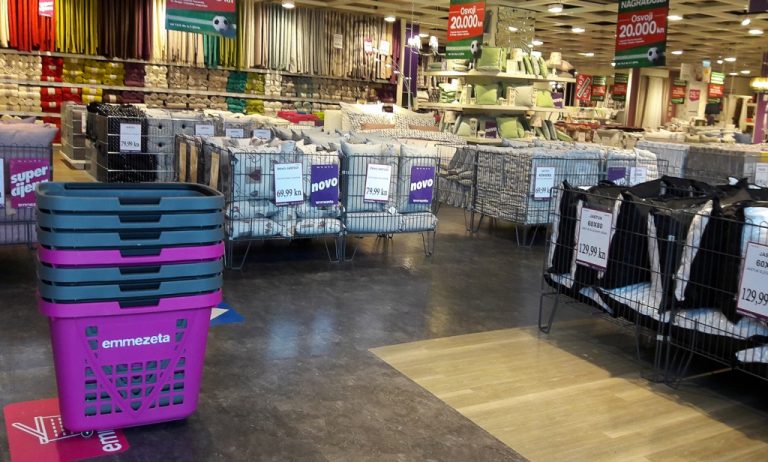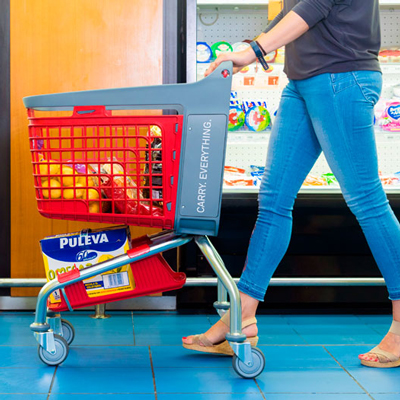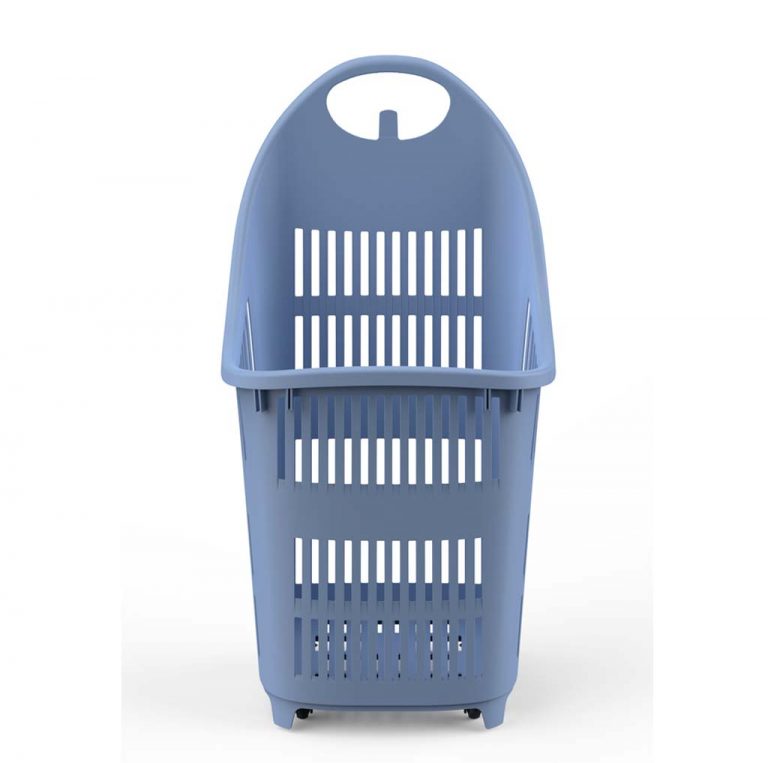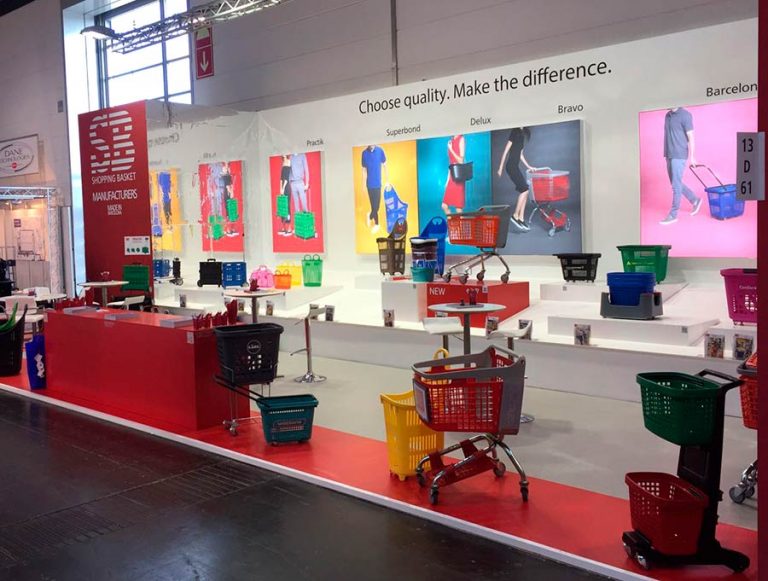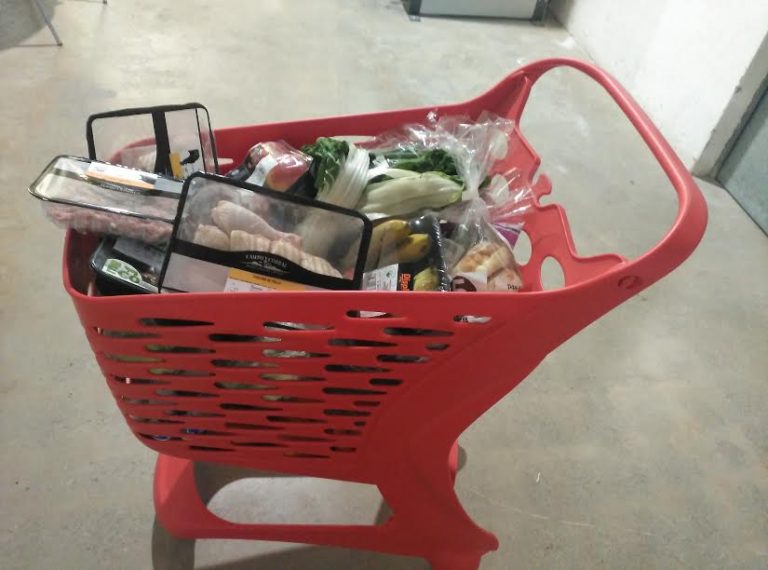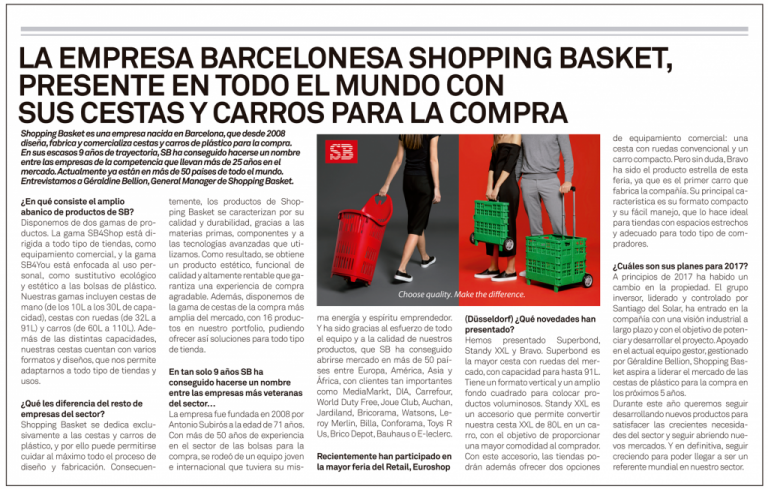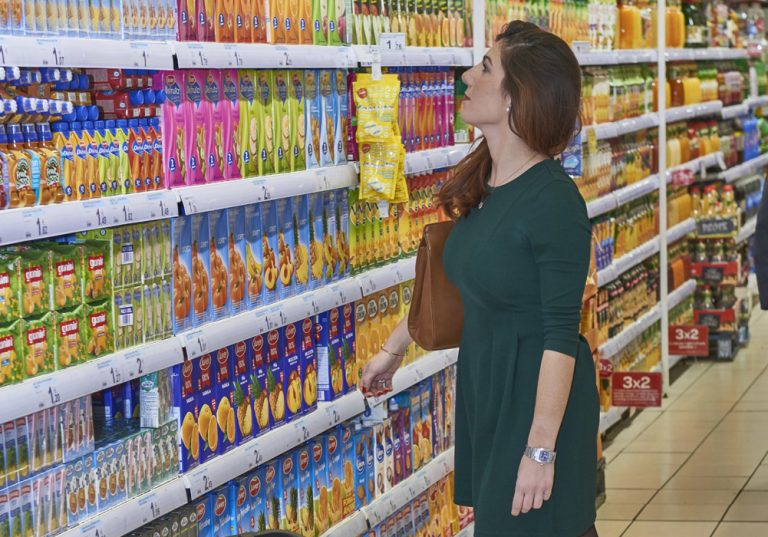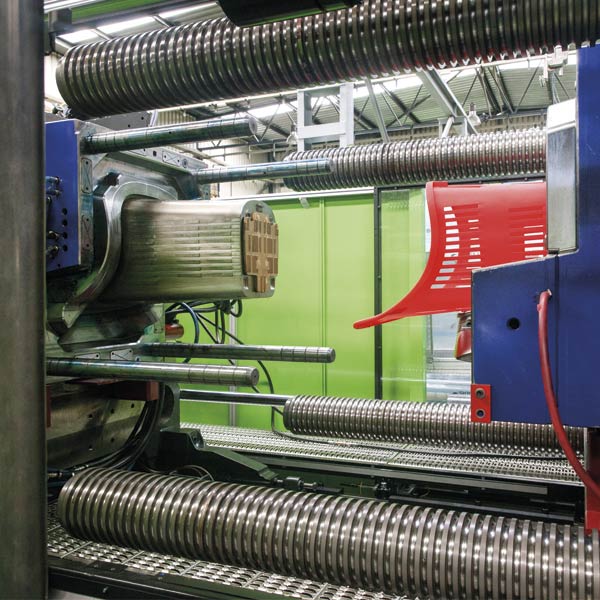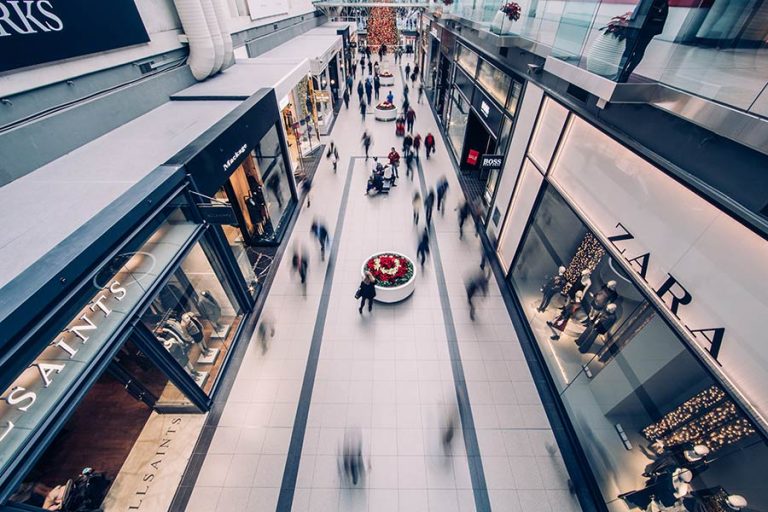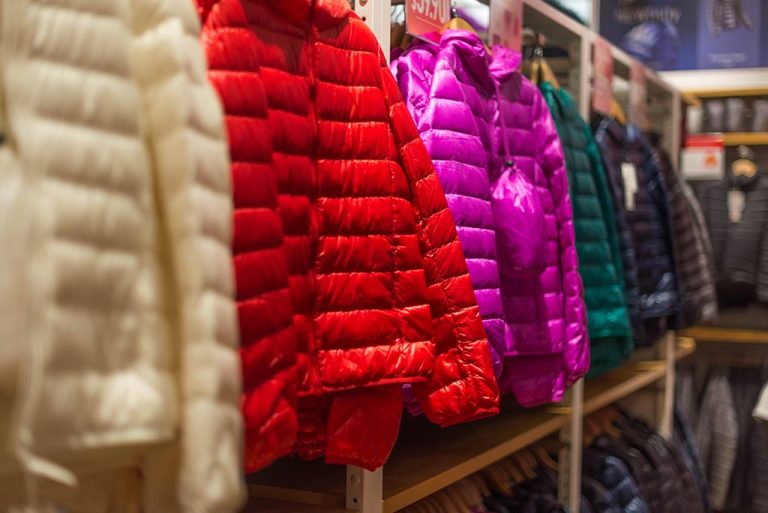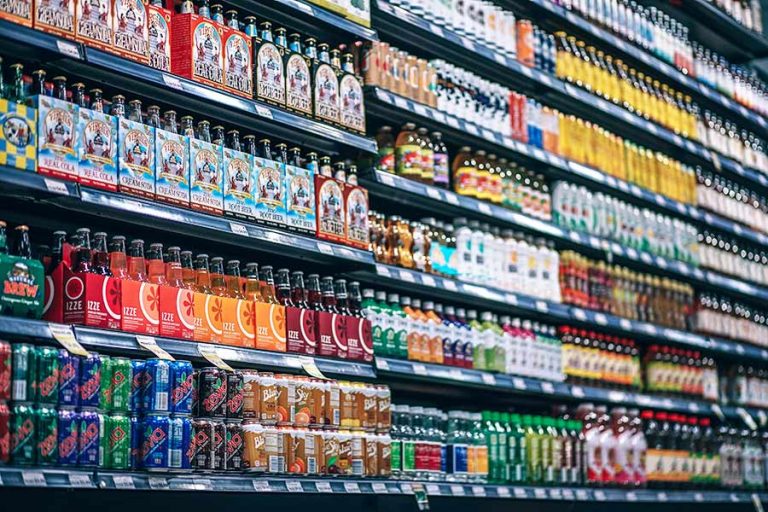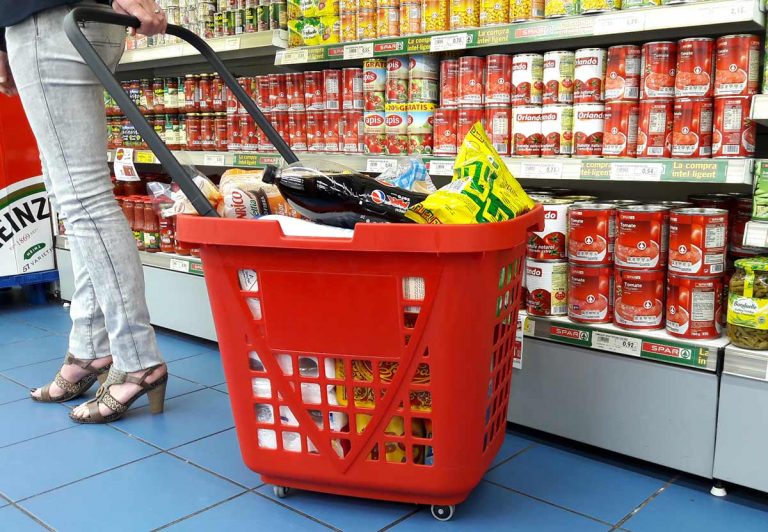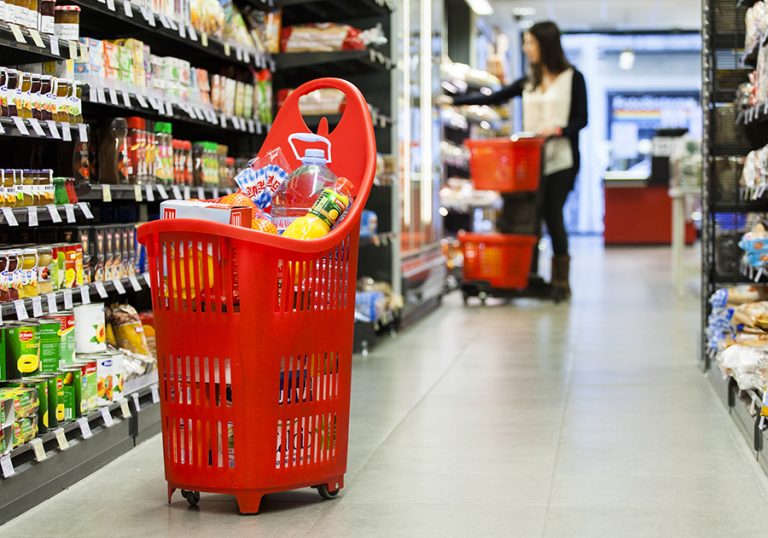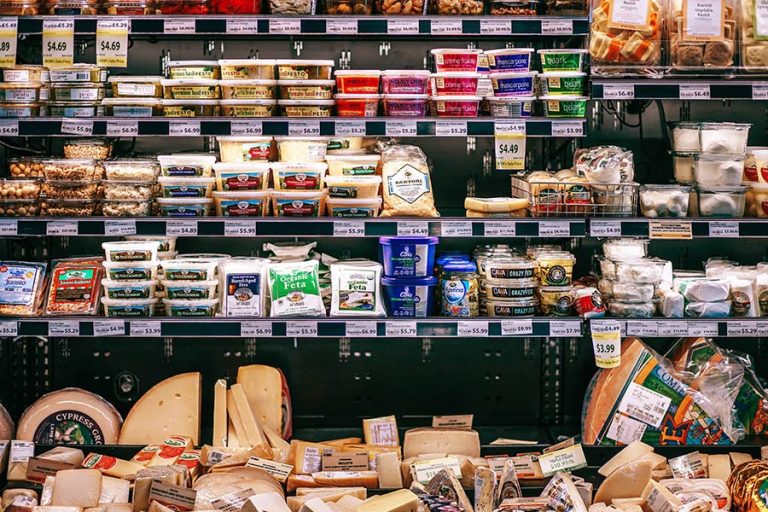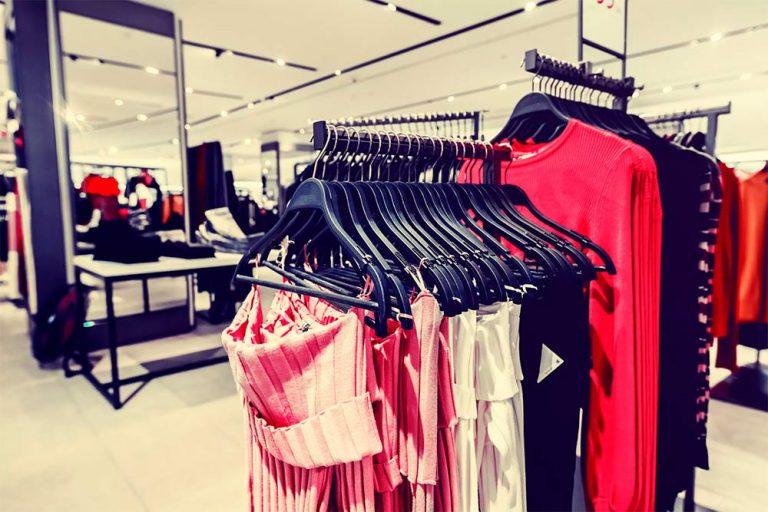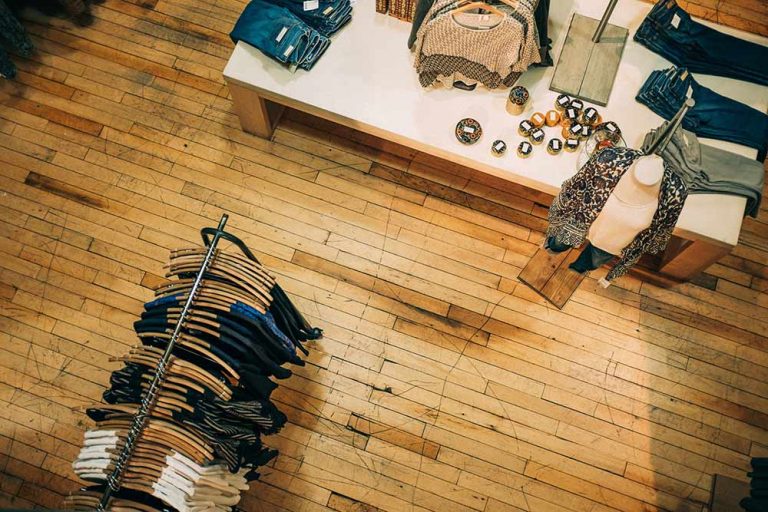Circular retailers have recognized a crucial fact: today’s consumers are highly aware of the sustainability of their products. They examine the origin, features, and production methods to make informed choices. To cater to this behavior, it’s vital to adapt effectively.
Strategies with a Focus on Circular Economy
Embracing the circular economy is essential for attracting the eco-conscious consumer. Manufacturing products from recycled materials increases the likelihood of purchase, directly contributing to business sustainability. However, successful adaptation requires following the right approach.
Selling Used or Refurbished Products
This strategy focuses on capitalizing on products that haven’t ended their useful life. Used items are often in good condition and may only require minor repairs. Consequently, selling them is both cost-effective and straightforward, especially for furniture and electronic devices. These items can be offered at very low prices, making them more attractive to consumers.

Refurbished products are a prime example of the potential of the circular economy. To commercialize them, a restoration or repair process extends their life cycle. With the intervention of a team of professionals, these products are restored to a condition very close to their original state. Despite minor imperfections, these do not affect the key functionalities or features of the product.
The Power of Reverse Logistics
One of the key elements of the circular economy is reverse logistics. Its function is to collect, sort, repair, and refurbish all types of products that customers have already purchased. This process thoroughly assesses which items will be resold and under what conditions. After all, a product damaged during delivery is not in the same condition as one that suffered a minor impact.
The ultimate goal of reverse logistics is to decide whether to sell the product as new or at a discount. It is also crucial to determine the most advantageous distribution channel for each product. With a well-optimized process, we enhance the business’s sustainability, reduce its environmental impact, and improve public perception.
This last point is significant, as efficient and effective reverse logistics increase customer satisfaction. We must ensure quick product recovery and prompt refunds to minimize inconvenience and demonstrate our commitment to customer needs.

Reverse logistics is also flexible regarding the products that are recycled. Not all products sold by the business need to be recycled; some may require special treatment. For instance, chemical elements must be managed under strict measures. Some companies even charge a small fee for the recycling process.
Regardless of how it is implemented, the relationship between commitment to recycling and the circular economy is evident. Encouraging customers to choose recycling over discarding their purchases is an effective and satisfying way to reduce environmental impact.
Conclusion
Circular retailers have various strategies at their disposal. To select the most appropriate one, it is necessary to thoroughly study the business, the sector, and the target audience. This way, we can find the best method to achieve complete adaptation and success.

 Sign up for our newsletter and be the first to receive our articles!
Sign up for our newsletter and be the first to receive our articles!
